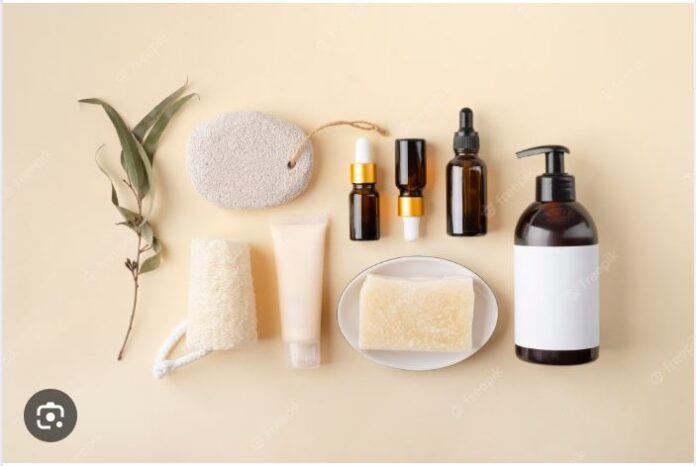Skincare is a multi-billion dollar industry, with countless products promising to improve the appearance and health of your skin. But have you ever wondered how these products actually work? What is the science behind skincare? In this article, we will explore the fascinating world of skincare and delve into the mechanisms that make facial products effective.
It is important to note that individual skin types and conditions can vary greatly, and what works for one person may not work for another. Finding the right skincare routine often requires some trial and error. So, you must book an appointment with The Skincare Studio which understands your skin’s specific needs and sensitivities. They offer personalized consultations and recommendations tailored to your unique skin type and concerns.
The Basics: Understanding the Skin
Before we dive into the science of skincare, it is important to understand the structure of the skin. The skin is the largest organ in the human body and has multiple layers. The outermost layer, known as the epidermis, acts as a protective barrier against external factors such as UV radiation, pollutants, and pathogens. Below the epidermis lies the dermis, which contains blood vessels, hair follicles, and sweat glands. Finally, the subcutaneous tissue provides insulation and cushioning for the skin.
The Role of Ingredients
Skincare products contain a wide range of ingredients, each with its own purpose and mechanism of action. Let’s take a closer look at some common ingredients and how they work:
1. Retinoids: Retinoids are derived from Vitamin A and are known for their anti-aging properties. They work by stimulating collagen production, reducing the appearance of fine lines and wrinkles, and promoting cell turnover for a smoother complexion.
2. Hyaluronic Acid: Hyaluronic acid is a powerful hydrating ingredient that can hold up to 1000 times its weight in water. It helps to plump and moisturize the skin, reducing the appearance of dryness and fine lines.
3. Alpha Hydroxy Acids (AHAs): AHAs, such as glycolic acid and lactic acid, are exfoliating agents that help to remove dead skin cells and promote cell turnover. They can improve skin texture, reduce hyperpigmentation, and give the skin a brighter and more youthful appearance.
4. Peptides: Peptides are chains of amino acids that help to support the skin’s natural collagen production. They can help to improve skin elasticity and firmness, reducing the appearance of sagging and wrinkles.
5. Antioxidants: Antioxidants, such as Vitamin C, Vitamin E, and green tea extract, help to protect the skin from environmental damage caused by free radicals. They can help to reduce inflammation, even out skin tone, and promote a healthier complexion.
6. Niacinamide: Niacinamide, also known as Vitamin B3, is a multitasking ingredient that can help to regulate sebum production, reduce redness, and improve the skin’s barrier function. It can be beneficial for those with acne-prone or sensitive skin.
7. Sunscreen: While not technically an ingredient, sunscreen is a crucial component of any skincare routine. It helps to protect the skin from harmful UV rays, preventing premature aging, sunburn, and the risk of skin cancer.
These are just a few examples of the many ingredients found in skincare products. It’s important to understand how each ingredient works and to choose products that are suitable for your skin type and concerns. Consulting with a dermatologist or skincare professional can help you determine the best ingredients and products for your specific needs.
The Science of Penetration
One of the biggest challenges in skincare is getting the active ingredients to penetrate the skin’s barrier and reach the target cells. The skin’s outermost layer, the stratum corneum, is composed of dead skin cells held together by lipids. This barrier is designed to keep harmful substances out and prevent water loss.
The Importance of pH
The pH level of skincare products plays a crucial role in their efficacy. The skin’s natural pH is slightly acidic, ranging from 4 to 6.5. This acidic environment helps maintain the skin’s barrier function and keeps harmful bacteria in check.
The Role of Genetics
While skincare products can work wonders for some individuals, their effectiveness can vary depending on genetics. Each person’s genetic makeup determines their skin type, sensitivity, and predisposition to certain conditions.
Conclusion
The science behind skincare is complex and constantly evolving. With advancements in technology and research, skincare products are becoming more sophisticated and effective in addressing various skin concerns, so learn more for better understanding. Understanding the mechanisms of action and choosing the right products for your skin type can help you achieve healthy, glowing skin.
Write and Win: Participate in Creative writing Contest & International Essay Contest and win fabulous prizes.
















